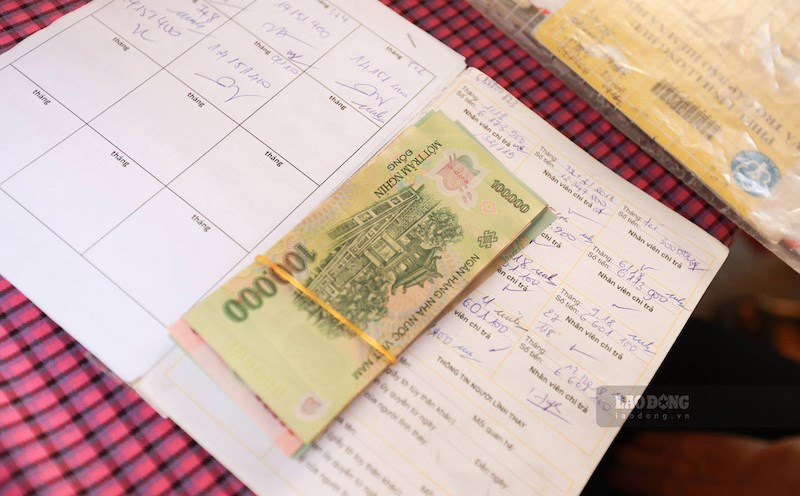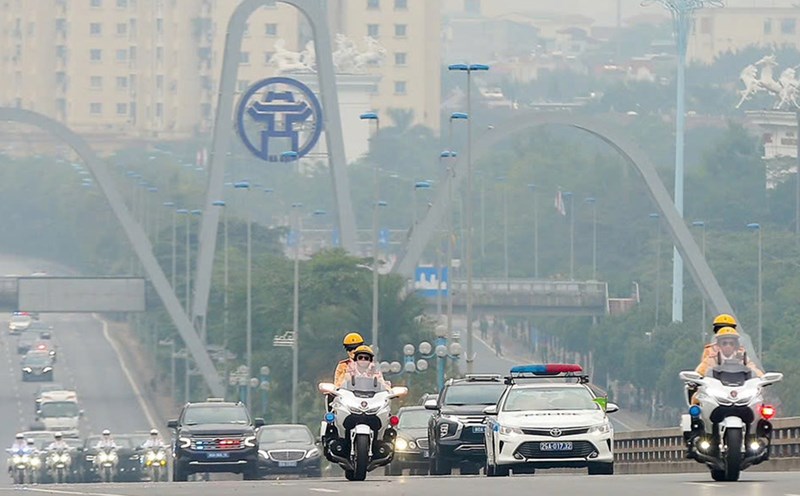The " US Morning Here" newspaper reported that Irma, an "extremely dangerous" storm, according to the US National Hurricane Center (NHC) is having winds of up to 297km/h and even more.
Since the afternoon of September 6, Irma has hit the Caribbean, destroying 90% of the works and means of transport on Barbuda Island, officials said.
A spokesperson for the French overseas territories said that at least two people were killed and two others were seriously injured on the islands of St. Martin and St. Petersburg. Barthelemy.
Midcie Francis, a spokeswoman for the Antigua and Barbuda National Disaster Services Office, said at least one person had died in Barbuda, which suffered extensive damage from the impact of Hurricane Irma.
Irma, with an area of influence of up to 724km, has at least sustained winds of 289 km/h, longer than any other Atlantic hurricane on record.
As of 5:00 p.m. on September 6, Irma was 88 km east of San Juan, Puerto Rico, and was traveling westward at about 25.7 km/h. Hurricane Irma is expected to move north of the US territory tonight, September 7, causing strong winds and heavy rain.
Heavy rains from Irma are expected to last for several hours, with flood warnings issued for Puerto Rico's northeast.
A hurricane warning has been issued for the central Bahamas, part of Cuba, including Guantanamo, Holguin and Las Tunas provinces.
Irma will gradually weaken as it passes through the Caribbean but will remain at Category 5 to Category 6, forecasters say. Irma is expected to move through the Bahamas from September 7 to September 9 and will head north toward Florida on the afternoon of September 9.
On the morning of September 10, Irma is expected to downgrade to a Category 4 storm with winds of 233 km/h as it approaches south of Miami. Irma is forecast to weaken to a Category 3 storm when it hits Daytona Beach on the morning of September 11.
The states of Georgia and South Carolina are also expected to be within the range of Irma.







